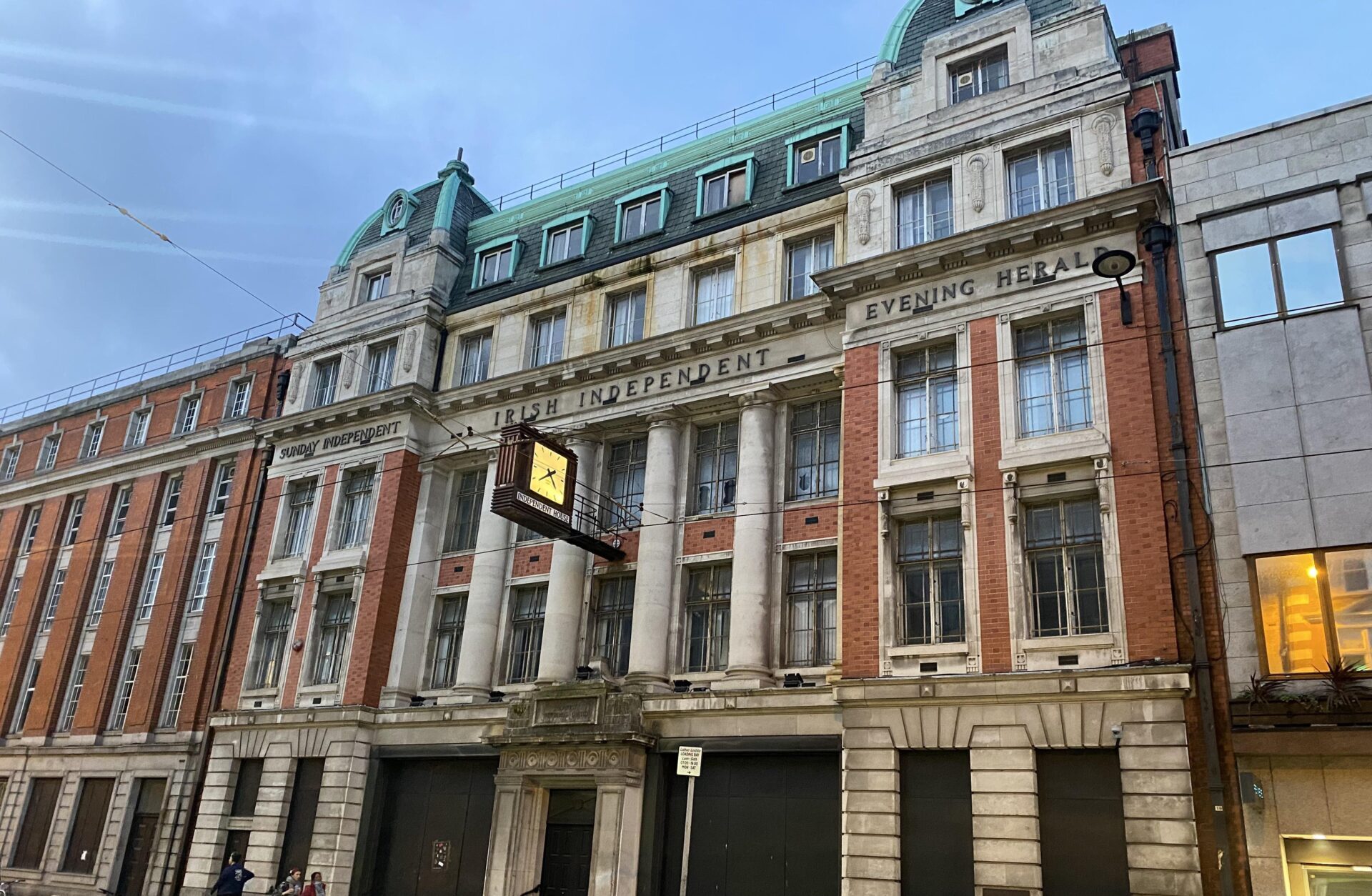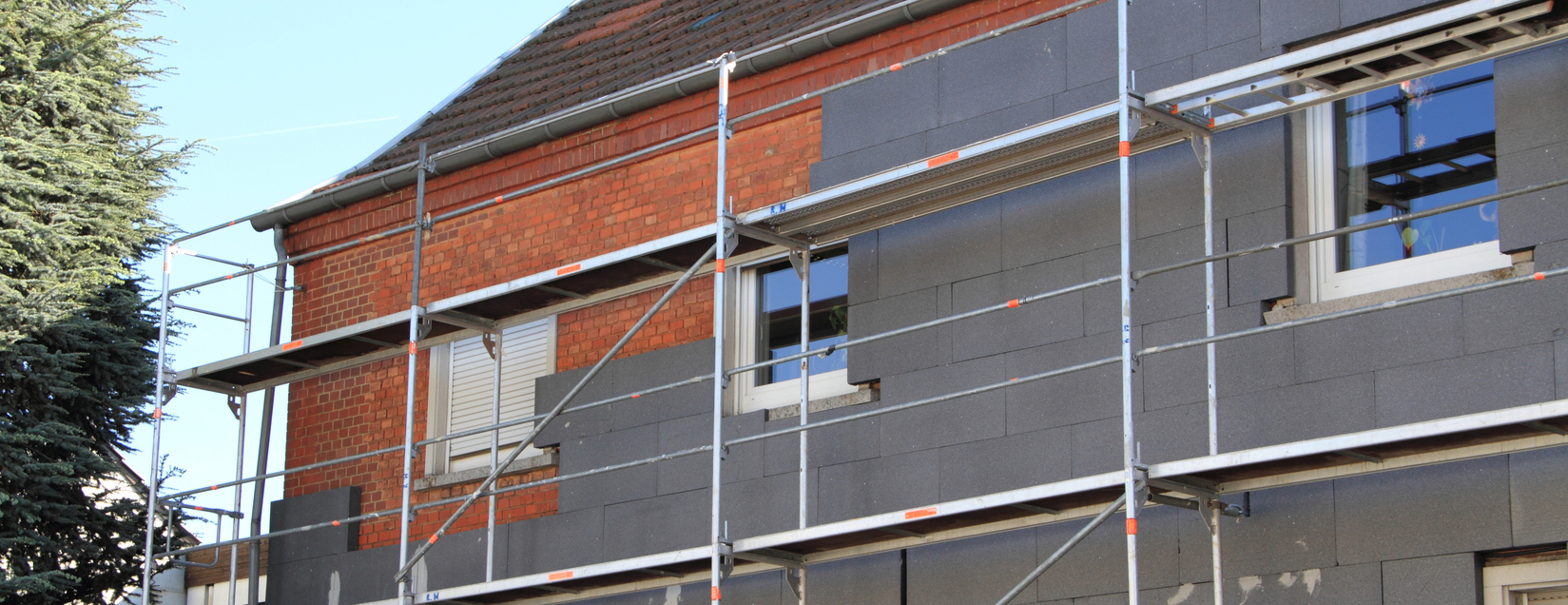The boom in electric vehicles is not going to go away. Push factors are the climate crisis and the cost of petrol. Pull factors are the rise in efficiency of electric cars and their falling prices. Demand is only going to go one way, but ensuring our built environment is ready to accommodate the boom is another matter.
The UK government has set a target for 300,000 new EV chargers by 2030, but fewer than 9,000 were installed last year. According to figures from the Department for Transport, there are now 30 electric vehicles for every charge point in the UK. More than 1.3 million plug-in cars on the roads now share just 37,055 chargers.
In the US $7.5 billion has been earmarked for EV charging station development. In the UK this figure has recently been drastically improved thorugh a new £381 m Local Electric Vehicle Infrastructure (LEVI) Fund and other initiatives, but this needs to be joined up with private sector invetsment to really make the necessary changes to UK infrastructure.
This opportunity for the private sector to pay for these charging points will in turn have big implications for the built environment. Operational real estate is all the rage while a market in turmoil means investors are looking for a-cyclical and innovative asset classes.
There are different aspects to consider.
Existing landlords that need to think about upgrading developments to fend off obsolescence will nevertheless have a new opportunity with captive audiences. Shopping centres will need charging points in car parks for shoppers, but depending on the speed of charging customers could stay longer.
New, larger charging parks will need a real estate solution, particularly alongside motorways and major roads. An obvious early adopter here has been motorway service developers such as MSA, but across the built environment there will be the opportunity to provide retail and leisure solutions while drivers wait for cars to charge.
What will happen?
Developers and designers will be more conscious of the EV revolution.
Existing assets needing to provide new charging infrastructure will nonetheless have a huge opportunity in captive audiences. Motorway and major road service infrastructure will continue to see similar investment and opportunity. Convenience and leisure shopping will have a chance to grow around this.
Cities will see more unobtrusive charging infrastructure which will need funding and investment from the private sector. Old petrol station infrastructure could come to market presenting opportunities in urban locations, provided contamination is not an issue.
Conversely, in the inner-city landscape there is the incorporation of smaller and less obtrusive charging points. This will lead to different ways to think about space.
Transport has more charging stations than Manchester, Birmingham and Liverpool combined – incorporates charging stations into lamp posts along the side of the road. This means fewer petrol stations and unsightly motor vehicle infrastructure. However, it means more onstreet parking, which could change traffic flows.
Some old petrol infrastructure will be repurposed toward EV charging in cities, but not all. That space could be used for new residential schemes, vertiports, sheds or even to undo some of the damage of petrol. A 2021 report from Perkins&Will said more people in Los Angeles lived within a 10-minute walk of a petrol station than a park.



